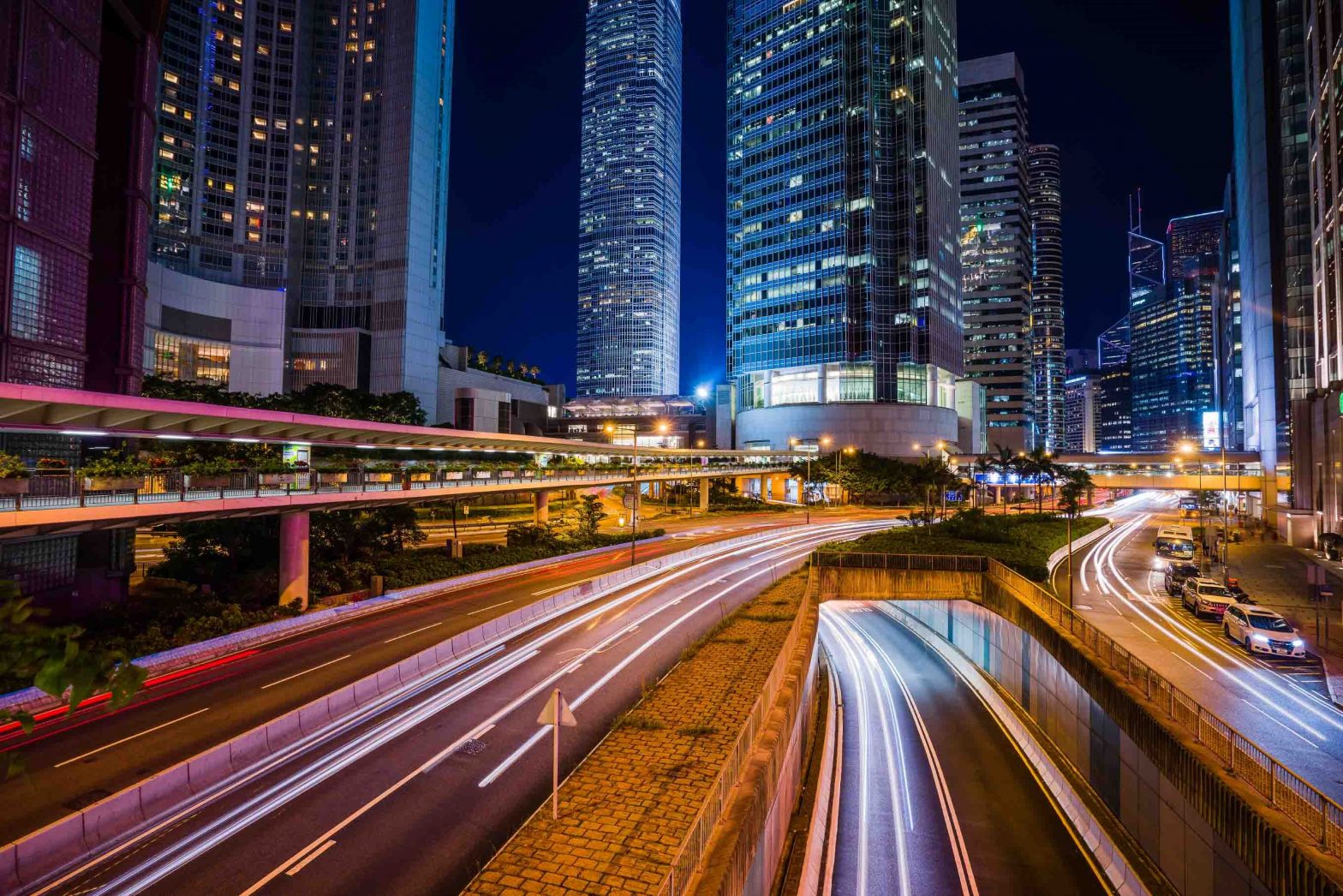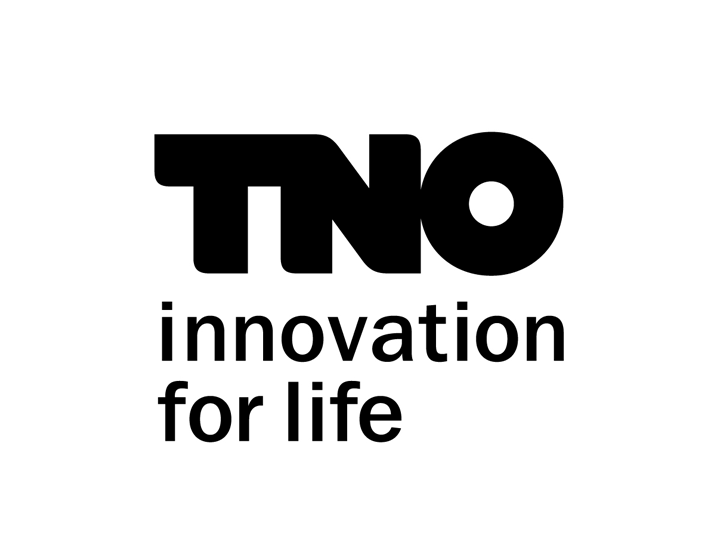
Photo: TNO-image-1
Changing cities, delivering innovations
25 April 2017
Cities are constantly changing–they always have. Innovations in particular are accelerating these changes and amplifying their impact. TNO is helping cities and stakeholders bring the future closer, by giving the most promising innovations a helping hand, and by integrating them.
“There is a lot of talk about innovations and plenty of ideas are being tentatively floated but, ultimately, what really matters is that they must be of genuine benefit,” says Leo Kusters, Managing Director of Urbanisation at TNO. “Changing cities, delivering innovations means that we are backing innovations that can really cut it, and that have a real impact on the larger scale. We are focusing on this, for instance, by examining cities in great detail.”
Cities as magnets
Cities traditionally function like magnets. Social, cultural and economic networks attract more and more people to urban areas, because people have an almost intrinsic need for such networks. Yet this very success is putting cities under pressure. There are growing challenges in terms of land use, mobility, use of raw materials, energy and air quality, each of which affects the other. The solution lies in the smart use of infrastructure, of the region’s specific capacities, and of data.
Kusters adds:“The models we are developing here can be used to demonstrate the impact of any innovation–such as a self-driving car–on land use, on road safety or on the health of the city’s residents. On the one hand we are enabling the magnet to become an even stronger magnet. On the other hand, we are helping to keep the adverse effects under control, as far as possible. Our goal, on balance, is to improve the situation.”
Virtual world
“The things that are vital to us, as human beings, are linked by social, cultural and economic networks,” adds Kusters. “The Internet is helpful in this regard. On the one hand, the virtual Internet is ideally suited to help us find out what we ‘want’. But linking the demand this creates to the associated sources of supply usually involves a physical response. How do the new shoes you saw on the Internet get to your home? At Urbanisation, we are committed to aligning the physical dimension as closely as possible with the virtual dimension, with what we want. For example, you want to be able to shop and to buy things at any given place and time. Companies have to find a way to translate this into a physical process, so that orders can be delivered or picked up at any time.”
Smart control
“This growth in physical services must, of course, not take place at the expense of the environment or of smooth traffic flows. For this reason, we are examining ways of doing this in a smart way, such that packages are moved from A to B while, at the same time, inflicting as little damage as possible. Instead of having a whole load of vans deliver all sorts of goods at arbitrary times, you arrange for a single van to deliver all such packages once every two hours. That results in less environmental damage, especially if it involves electrically powered transport. That way, you can align the physical world more closely with the Internet world, where we are constantly online and want to be served. One option would be a flat fee, where you pay once and use the delivery service as often as you want. Drones and automatic cars may also have a part to play here. In short, just as it does in the virtual world, data plays a very important part in building optimal physical networks.”
Travel and work
“What is true for the logistics world, where services are always available, will also apply to people’s mobility,” predicts Kusters. “Future mobility systems will make optimum use of each modality. If you want to use a car for part of the journey, then one will be available. You may not own it, but you will be able to use it. In this system, train services will link seamlessly with the road system. You will also be able to continue working while travelling (by means of automatic driving, for example). When travelling by train today, you will notice that people use their travel time as quality time. Eventually, this will apply to all modalities. Thus, the growth in virtual meetings and remote working will continue. This will give rise to a combined image of travel and work.”
Dashboard
Increasing amounts of information will give us a great amount of freedom in terms of time and place. “Ever cheaper local sensors will tell us all about the air quality in a particular place at a particular time. Just as we now calculate the average air quality of a city, we will have a more differentiated picture and will be able to adapt our behaviour accordingly. For instance, if you suffer from asthma, you will have a better idea which parts of town you should avoid, because health standards have been temporarily exceeded. We incorporate information from sensors into our models, and present the results at ever more local levels. At the aggregate level, this results in TNO issuing a recommendation to a city or an environmental agency, which can then use policies or special measures (buttons on the dashboard) to influence the course of events more effectively.”
Internet of Things
Ultimately, the physical world will become more like the Internet. “Communication is the backbone of the Internet, and it will become the backbone of the physical world. A lot of stuff, equipment, goods and travellers will make use of it. Systems exchanging information and searching for optimal solutions: the Internet of Things. Almost every entity in the city is able to exchange information, and often does so locally. That can be scary–do I still understand it all and do I still have control over it? I want to control the technology, but could it be that the reverse is now true? For this reason, this very theme is a common thread running through all aspects of TNO’s work. In all of our research and development activities we put people first.”
Human scale
Kusters explains that: “The mass that we create, especially with data and with ever cheaper means of communication, will make a great deal of customisation affordable. So the colossal scale of the Internet and big data on the one hand, will make customisation possible on the other. Data will play an increasingly important role. Using models, we can turn data into information. Something you can use, which can help you make the right choices–the human dimension. Yet, if we are to exploit the full potential of that data, it will be necessary to reach agreements on the security, privacy and value of such data. Nor should we forget that data and interfaces need to speak a common language, if they are to be understood.”
Bringing together
“If all these improvements are to be achieved, more and more parties will be needed–in varying combinations. While it is important to consider new technological capabilities, there is more to it than that. We also need to link the respective networks and ecosystems together. TNO’s role in the physical world is expanding into the network world and vice versa. We seek connectivity options and bring stakeholders together. Sometimes we even bring parties together who had no idea that they needed one another.”
“Delivering innovation means targeting specific innovations and giving them a helping hand. In that way you can really accomplish those changes in the city.”
Brought to you by TNO









